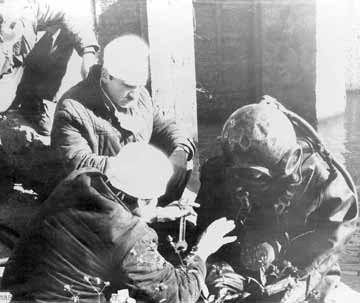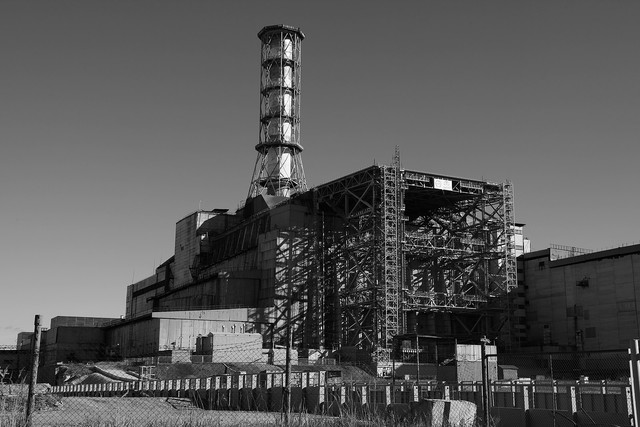The Abandoned Children of Pripyat: Where Are They Now?
By Jarod ClarkAt 1:23 a.m. on April 26, 1986, Reactor No. 4 at the Chernobyl Nuclear Power Plant exploded—an invisible fire that would chase an entire generation of children from their homes.
In the following 36 hours, nearly 50,000 residents of Pripyat were evacuated. Among them were more than 15,000 children, hurried onto buses with only a favorite toy, a backpack, or—if they were lucky—a parent by their side. They were told it would only be for a few days.
They never returned.
Childhood Cut Short
Pripyat had been a utopia of sorts for Soviet workers—a city built for engineers, doctors, teachers, and nuclear specialists. Playgrounds stood at nearly every block. Schools were modern and well-stocked. The average age of a resident was just 26.
But after the explosion, that promise collapsed into a radioactive void. Schools were sealed. Apartments were boarded up with dolls still in cribs and textbooks left on desks. For the children, evacuation wasn’t just relocation—it was the sudden erasure of a future.
Scattered Across the Soviet Union
In the chaos of 1986, families were split. Some children were sent to live with relatives in Kyiv, Minsk, or Moscow. Others were relocated to hastily prepared housing blocks in villages far from the plume's path. A few were sent abroad under temporary humanitarian programs, particularly to Poland, Italy, and Ireland.
Lyuba Khomenko, now 47 and living in western Ukraine, was 8 years old when she boarded a yellow bus out of Pripyat with her little brother. “My mother kept saying, ‘Don't worry, we’ll be back in two days.’ But we left everything. My teddy bear. Our cat. Our lives.”
The trauma left marks not always visible on a Geiger counter.
Psychological Fallout
In the years after the disaster, studies found that many evacuated children developed anxiety disorders, depression, and PTSD-like symptoms. Soviet-era health campaigns initially labeled them “bio-robots”—children of a nuclear catastrophe.
Some survivors remember being shunned by their new classmates, treated like radioactive orphans. Others embraced anonymity, burying their origins for decades.
“I didn’t talk about Pripyat until I was in my thirties,” said Igor Mishin, who now lives in Berlin. “When people asked where I was from, I just said ‘Ukraine.’ Saying ‘Chernobyl’ shut down conversations.”
A Life in the Shadow
Many of the now-grown children of Pripyat went on to lead ordinary—or as ordinary as possible—lives. Some became doctors, journalists, or teachers. Others turned to activism, fighting for compensation and proper recognition. A few have returned, occasionally visiting the exclusion zone on heavily restricted tours.
A surprising number now lead Facebook groups, virtual support networks, and YouTube channels documenting life before the meltdown.
One such project, Children of Pripyat, compiles home videos and photos, painstakingly reconstructing lost neighborhoods, classrooms, and birthdays. “It’s not just about loss,” says the founder, who was 5 when she left. “It’s about memory. And making sure we are not just statistics.”
Where Are They Now?
Today, no definitive list exists of all the children evacuated from Pripyat. Some stayed in Ukraine. Others settled in Europe or the United States. A few returned to nearby towns like Slavutych, built in the aftermath as a new home for the Chernobyl workforce.
But for all of them, Pripyat lives on—as a dream disrupted. A ghost city etched into their past.
“When I dream,” Lyuba Khomenko says quietly, “I still see our apartment. The wallpaper. The curtains. My mother telling me to put on my shoes. I always wake up before the bus comes.”
Would you like accompanying images, survivor quotes, or historical timelines for embedding? I can also generate a complementary timeline graphic, quote callouts, or even a downloadable PDF version if you'd like.


